Kurd-e Olia Underground City in Isfahan
The underground city of Kurd-e Olia is a fascinating labyrinth of tunnels and chambers carved deep beneath the surface, offering a glimpse into the ingenuity of ancient architecture of Iran.
When we think of Isfahan, iconic landmarks like Si-o-se-pol and the Zayandeh River often come to mind. But there’s so much more to this stunning city than just its famous bridges.
From Naqsh-e Jahan Square to beautiful churches, Isfahan truly lives up to its nickname, "Half the World." However, today we’re taking a different path, exploring something less known but equally fascinating: the ancient underground city of Kurd-e Olia.
Tucked away in a quiet village in central Isfahan, this ancient city was carved from volcanic rock over 2,000 years ago. With winding tunnels, mysterious rooms, and intricate water channels, this underground marvel is a testament to ancient Persian engineering.
In this blog, we’ll uncover everything you need to know before visiting this incredible site including its history, location, architecture, and how to get there.
History of Kurd-e Olia Underground City
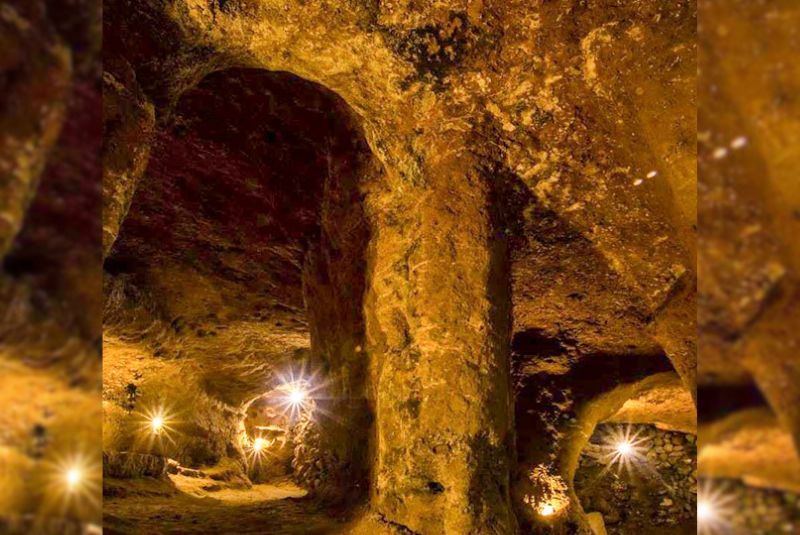
Kurd-e Olia's underground city holds a history that dates back over 2,000 years, to the Parthian era. Initially, it was constructed for military and security purposes, offering protection to the locals during periods of extreme cold and insecurity.
The volcanic rock of the region made it easy to carve out a vast network of tunnels, rooms, and halls. Over time, this underground wonder became a vital shelter for the community.
The city reached its peak during the Safavid era under Shah Abbas I, who relocated Armenians to Isfahan. During this period, the underground city flourished, providing a refuge and safe living space for the population.
However, around a century ago, the Armenians migrated, leaving the city to the local Muslim population. With the region becoming more secure, people began using the underground spaces to store livestock, marking a shift in the city's purpose.
In 2016, after being largely forgotten, researchers rediscovered the city and reopened 1,600 meters of its tunnels. Though many of its entrances had been blocked over time, 10 of the original 80 doors are now accessible to visitors.
The Architecture of Kurd-e Olia Underground City
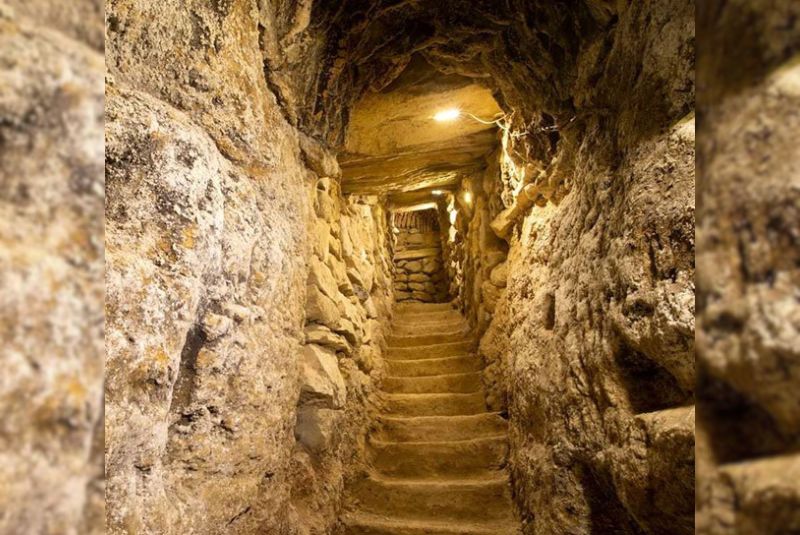
The underground city of Kurd-e Olia is a remarkable testament to ancient Persian engineering and ingenuity. The city’s circular design, with its strategic architecture and intricate details, makes it one of the most unique underground cities in the world.
Spanning 20,000 square meters and built 8 meters below ground, Kurd-e Olia is more than just a shelter—it’s a carefully planned city with multiple layers of functionality, from military defense to everyday living.
It was carved directly into volcanic rock called tuff, which is soft and porous, making it easier to excavate but sturdy enough to support the city’s structure. The natural insulation properties of tuff kept the underground city cool in the summer and warm in the winter, creating a comfortable living environment.
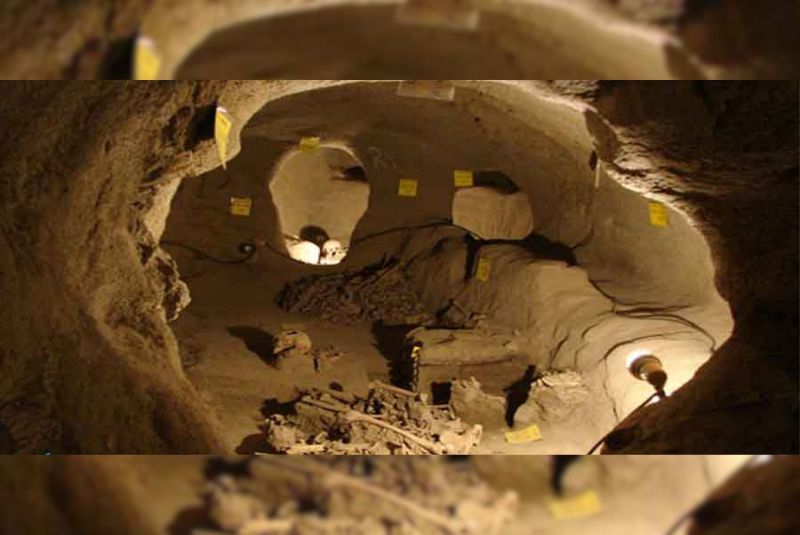
The tuff rock also allowed for breathable walls, preventing dampness and allowing smoke to escape. This meant that the city could use simple oil lamps (known as piyesooz) for lighting without the risk of suffocation. Additionally, the angled air shafts and corners increased the stability of the structure, making Kurd-e Olia a durable and long-lasting city.
The city has 80 concealed entrances, positioned just one meter apart from each other, making them nearly impossible to detect from the surface. This strategic layout ensured that the city was well hidden, especially during times of invasion.
Beneath the surface, the city has 80 wells, some of which still hold water today. These wells range from 12 to 18 meters deep and served as the main source of water for the inhabitants. Additionally, the city was large enough to shelter up to 3,000 soldiers, emphasizing its military significance.
Different Sections of Kurd-e Olia Underground City
First Level
The uppermost level of the city lies just below the ground and was primarily used for storage and as pigeonhouses. These areas were relatively simple compared to the lower levels, but they played an essential role in the daily functioning of the city. Narrow staircases connect this level to the deeper parts of the city, ensuring efficient movement between the layers.
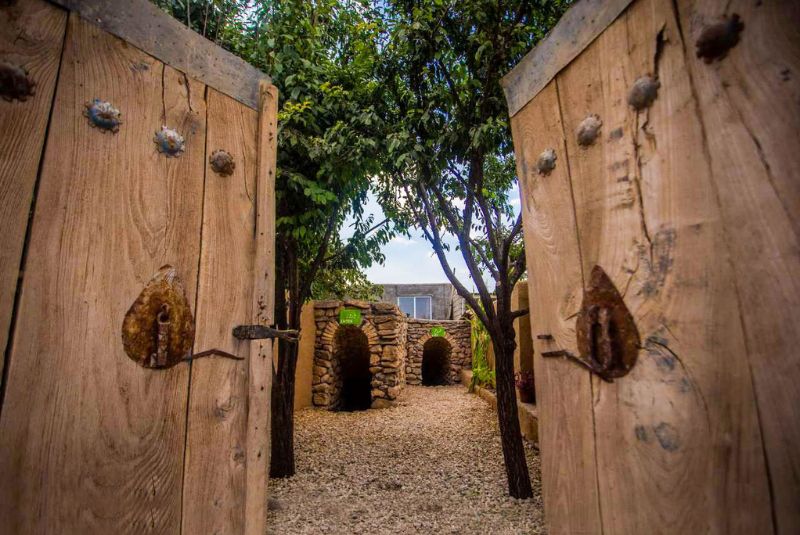
Second Level
On the second level, the rooms become more spacious and functional. Here, you’ll find residential quarters, public washrooms, assembly halls, and even small aqueducts that supplied water. The halls were large enough to host social or religious gatherings, making this level the heart of communal life in the underground city.
The layout was designed to maximize space while ensuring that all necessary facilities were within easy reach for the inhabitants. The clever use of space on this level reveals the attention to detail that went into planning the city’s architecture.
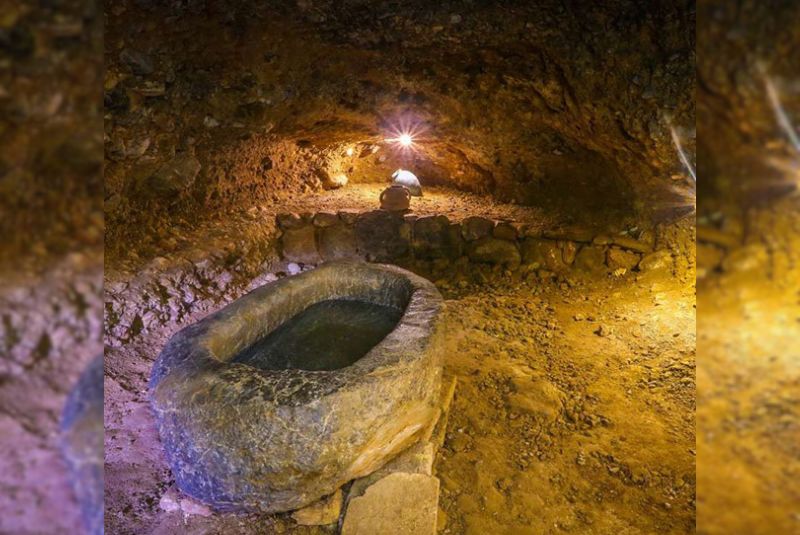
Third Level
The third level houses the most rooms, including expansive assembly halls supported by pillars and featuring arched doorways. Long corridors run through this level, connecting various rooms and creating a labyrinth-like structure.
These corridors not only added to the complexity of the design but also served as a defense mechanism. In case of enemy infiltration, the confusing layout would disorient invaders, giving the residents an upper hand.

Fourth Level
On the fourth level, the rooms were designed for family living, complete with kitchens, tiled baths, toilets, and corner fireplaces for heating. This level represents the more intimate, domestic side of the city’s architecture.
The rooms are intricately carved with alcoves, adding aesthetic beauty to the otherwise functional space. This level highlights how the city was designed not just for survival but for comfortable living, even underground.
Fifth Level
The lowest level of the city served as stables for horses and livestock. Ventilation was a key aspect of this level, with air shafts and water channels providing fresh air and proper drainage. The engineers behind Kurd-e Olia ensured that even in the deepest parts of the city, there was a consistent flow of fresh air, making it livable for both humans and animals.
Things to See at Kurd-e Olia Underground City
Exploring the underground city of Kurd-e Olia is like stepping into an ancient world, filled with fascinating sights and architectural wonders. Even though it’s been abandoned for centuries, its impressive size and intricate design continue to captivate visitors. Here are some of the must-see spots when you visit:
Amphitheater Hall
One of the most striking features is the Amphitheater Hall, a grand room spanning 23 feet. The curved, tiered seating carved into the walls makes it easy to imagine ancient gatherings or performances taking place here. With its barrel-vaulted ceiling, this room resembles an underground amphitheater and leaves a lasting impression.
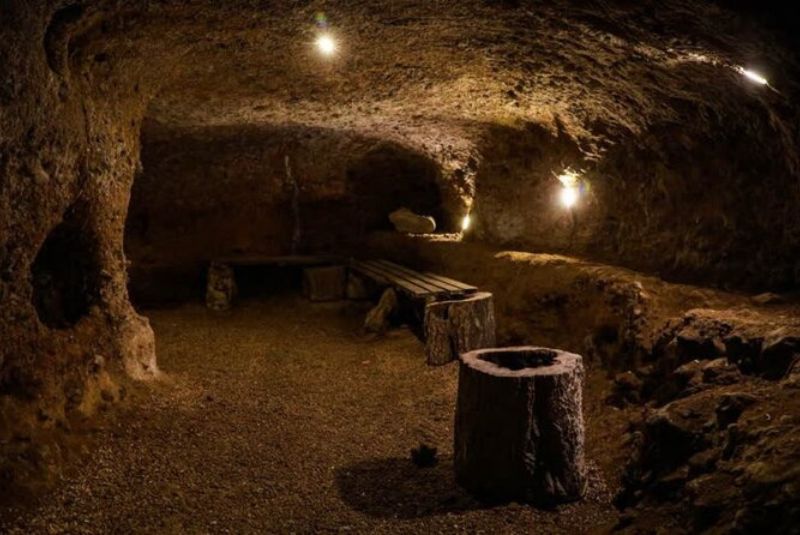
Nodoshan Inscription
History buffs will appreciate the famous Nodoshan Inscription, a Sassanian-era carving in Pahlavi script. This stone slab provides valuable insight into the reign of Ardashir I and the construction of the underground city. Though the inscription is now housed in a museum, its significance remains tied to Kurd-e Olia's rich history.
Queen’s Chamber
For a touch of royal elegance, visit the Queen’s Chamber. This beautifully decorated room, with recessed niches carved into the walls, was likely reserved for the queen. An adjoining smaller room, thought to be her private quarters, adds a personal touch to the royal atmosphere.
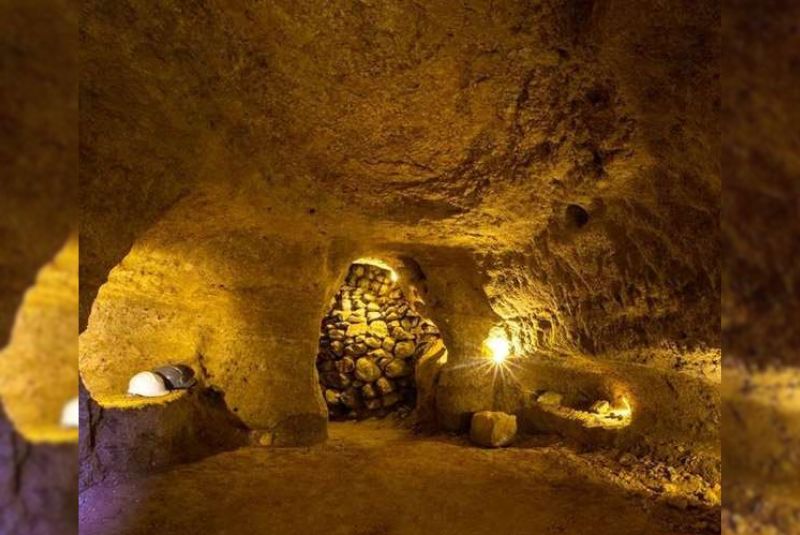
Badgirs (Wind-catchers)
Ingenious wind-catchers, known as badgirs, are scattered throughout the city. These traditional ventilation systems brought fresh air into the underground spaces, keeping them cool and comfortable without the need for modern technology.
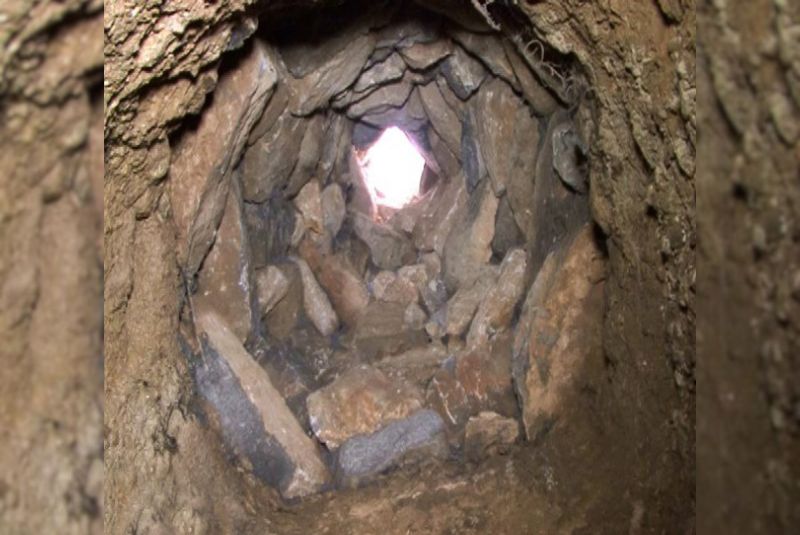
Aqueduct Channels
Don’t miss the network of aqueduct channels, meticulously hand-carved into the walls. These channels transported water using only gravity, a brilliant feat of engineering that ensured a steady supply of fresh water for the city’s inhabitants.
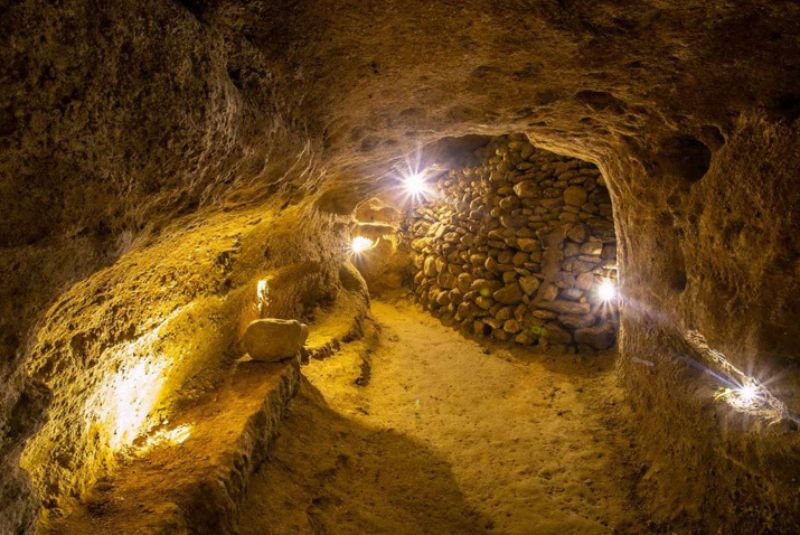
Central Pillar Hall
Finally, make your way to the Central Pillar Hall, an awe-inspiring space supported by numerous carved pillars that connect the ceiling to the floor. This grand hall showcases the incredible craftsmanship and engineering skill behind Kurd-e Olia’s design.
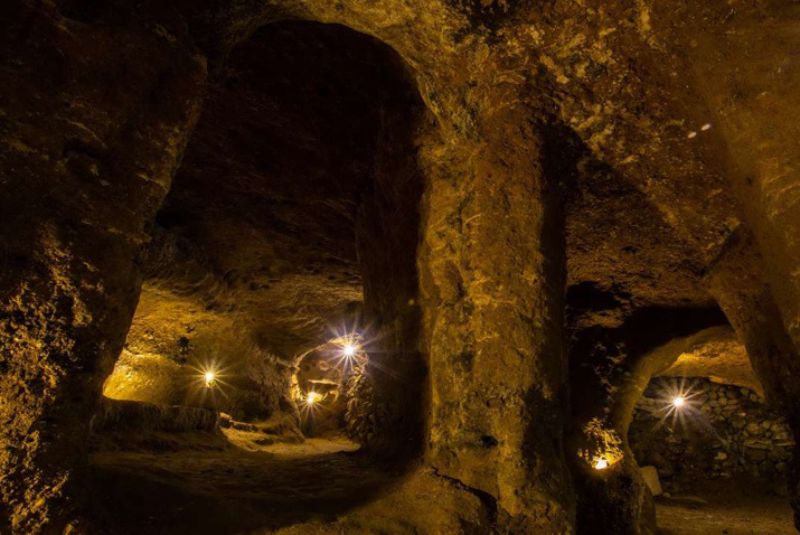
Kurd-e Olia Underground City Location and Access
Kurd-e Olia Underground City is nestled in the heart of Iran, specifically in Isfahan Province. This historic site is part of the Kroon district in the Tirran County and is located within the charming village of Kurd-e Olia. It’s approximately 100 kilometers from Isfahan city, making it an accessible destination for history enthusiasts and adventure seekers alike.
How to Get to Kurd-e Olia
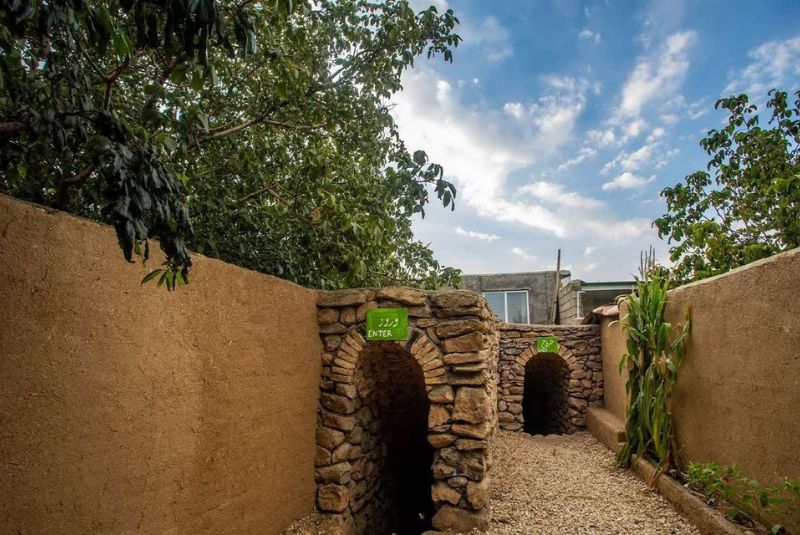
Getting to Kurd-e Olia is simple and convenient. You can rent a taxi or join an organized day tour from Isfahan, with the drive taking just about an hour.
If you are traveling from Tehran to Isfahan, the distance covers about 448 kilometers, a journey that can take around five to six hours by car. Once you reach Isfahan, continue westward.
To visit the underground city, head along the Tirran road toward Darian. After passing the Goharan intersection, take the roundabout to proceed. A short drive later, you’ll find the picturesque village of Kurd-e Olia, where the underground city awaits. For precise directions, consider using a navigation app, and don’t hesitate to ask locals for guidance.
Best Time to Visit Kurd-e Olia Underground City
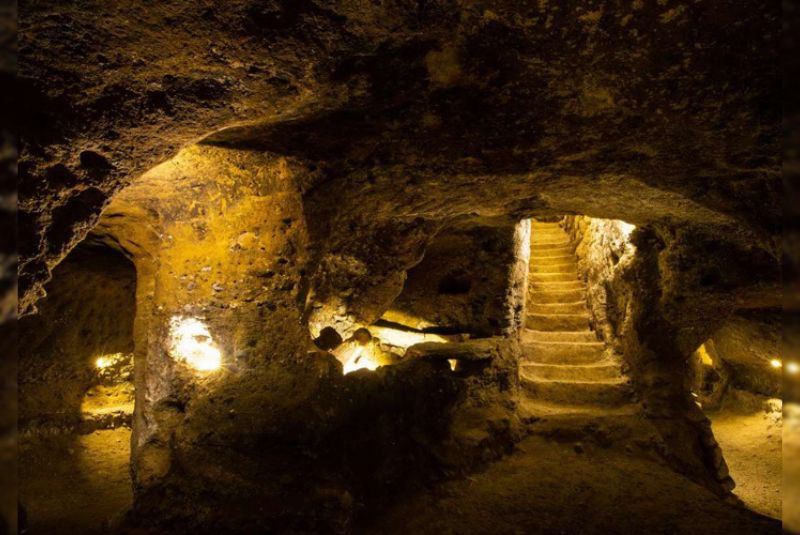
Kurd-e Olia Underground City boasts a mild climate, making it an inviting destination year-round. However, the ideal time to visit is during early spring, especially around the Nowruz holidays, when the weather is pleasantly warm and the scenery is lush. Summer is also a good option, as the underground city remains cool and comfortable.
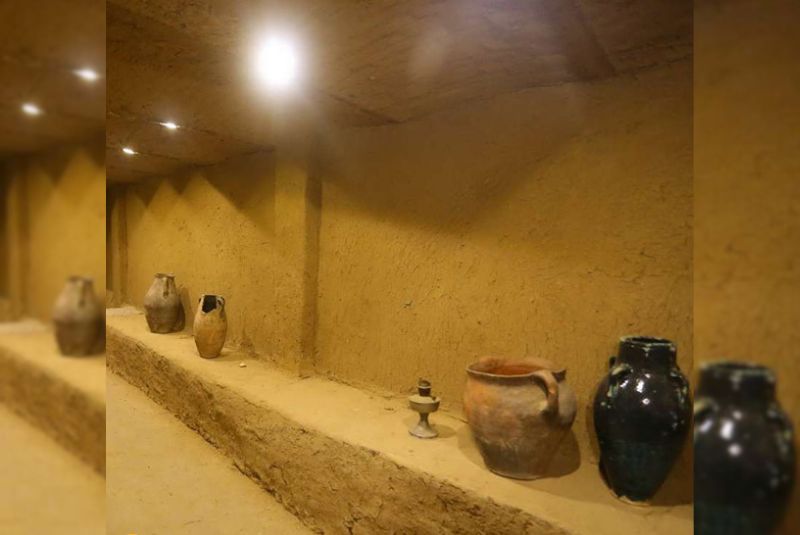
If you’re planning a visit in the fall, be sure to check the weather, as conditions can vary. Winter, however, can be quite harsh with bone-chilling temperatures, which may detract from your travel experience.
Accommodations Nearby
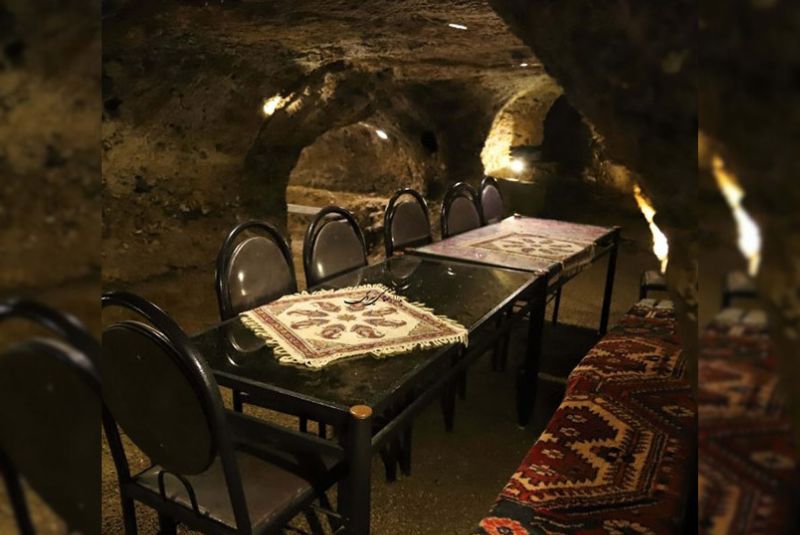
When it comes to staying in the Tirran County area, you’ll find charming eco-lodges, such as the local Boon Gard accommodations. This traditional guesthouse offers five rooms, accommodating up to 25 guests, perfect for families or small groups.
The warm ambiance and lovely courtyard provide a welcoming atmosphere, allowing you to unwind after a day of exploring. Don’t forget to check out the tea house and traditional spaces within the lodge, where you can savor local flavors and connect with fellow travelers!
Attractions Near Kurd-e Olia City
When visiting the captivating Kurd-e Olia Underground City, don't miss the chance to explore the surrounding attractions that make this area even more enchanting. Here’s a roundup of must-see spots nearby!
1. Shah Spring
Just north of the underground city lies the stunning Shah Spring, which rises majestically to a height of 50 meters. This natural wonder springs to life as the snow melts from the nearby Dalan Mountains, creating a picturesque scene in early spring.
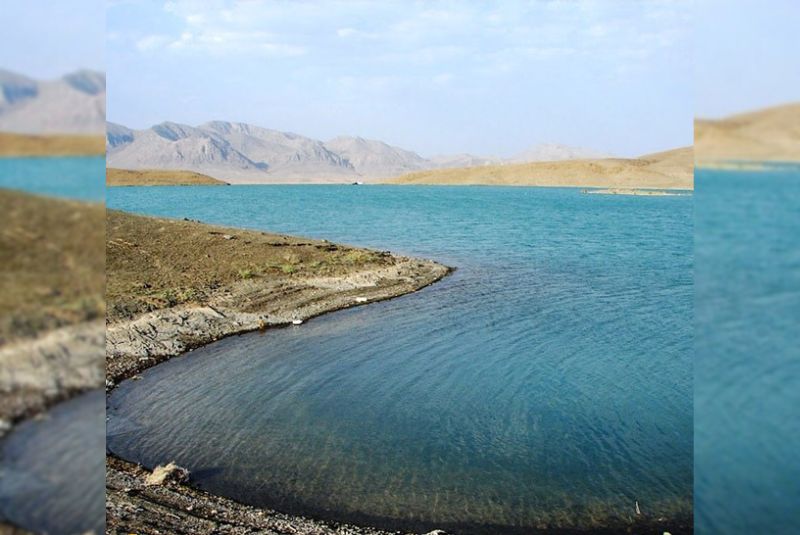
The beauty of the waterfall and its lush surroundings provides a perfect backdrop for memorable photos. Take a moment to soak in the refreshing atmosphere and enjoy the tranquility of this hidden gem.
2. Cemetery of Kurd-e Olia
A short distance from the underground city, you’ll find the ancient cemetery of Kurd-e Olia, home to around 200 historically significant graves. Recognized as a national heritage site, this place adds a layer of depth to your visit.
It's fascinating to reflect on the lives of those who came before as you stroll through this serene area, making it a perfect complement to the bustling underground city experience.
3. Kurd-e Olia Village
Nestled at the foothills of the Dalan Mountains, the charming village of Kurd-e Olia is brimming with natural beauty and local culture.
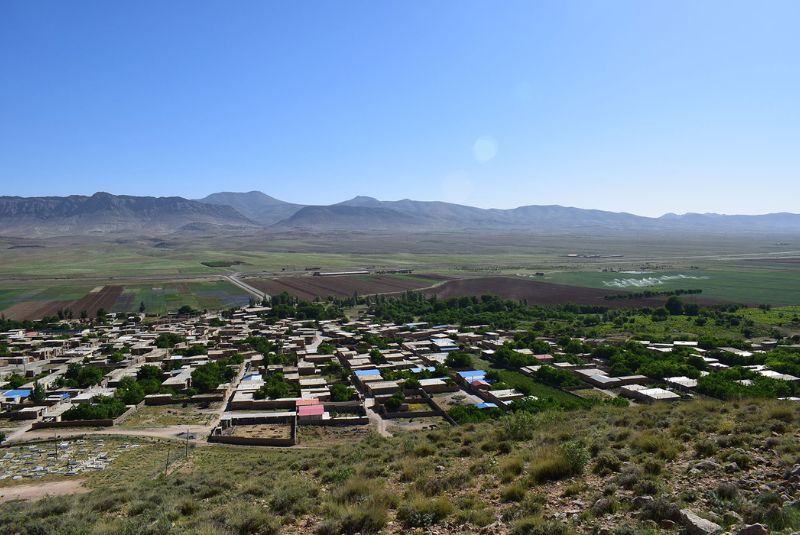
Known for its medicinal plants, this village attracts tourists and hikers alike. Don't forget to check out the historic baptismal stone, used by Armenians for over 400 years—a unique glimpse into the area's rich history!
4. Dalan Mountains Waterfall
The breathtaking Dalan Mountains Waterfall is a highlight of the Tiranshahr County, standing tall at 50 meters. It is particularly spectacular during spring when the snowmelt transforms it into a rushing torrent.
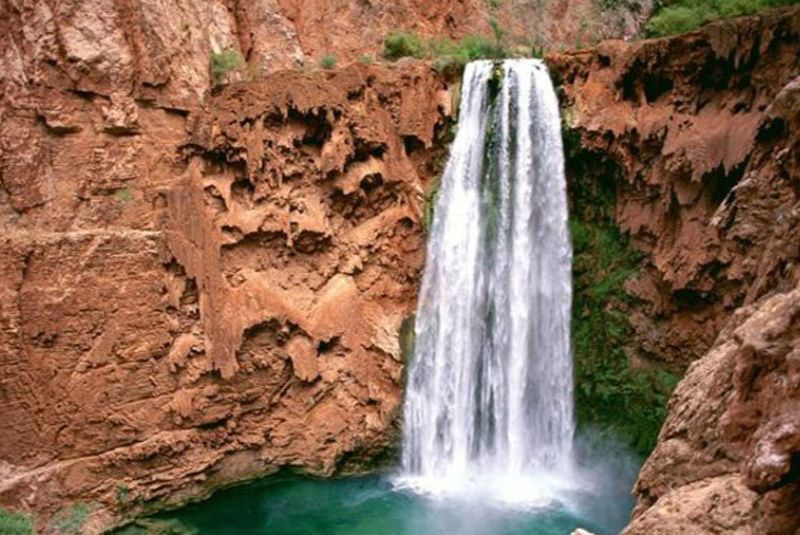
As summer approaches, the flow diminishes, but you can still enjoy a refreshing dip in the pool at the base of the waterfall, making it an ideal spot for relaxation and fun.
5. Morghab Spring
Another beautiful natural site is Morghab Spring, which springs forth from the heights of Koran and is known for its crystal-clear, mineral-rich water. This delightful spring feeds into the Khamiran Dam, providing a lovely retreat for visitors.
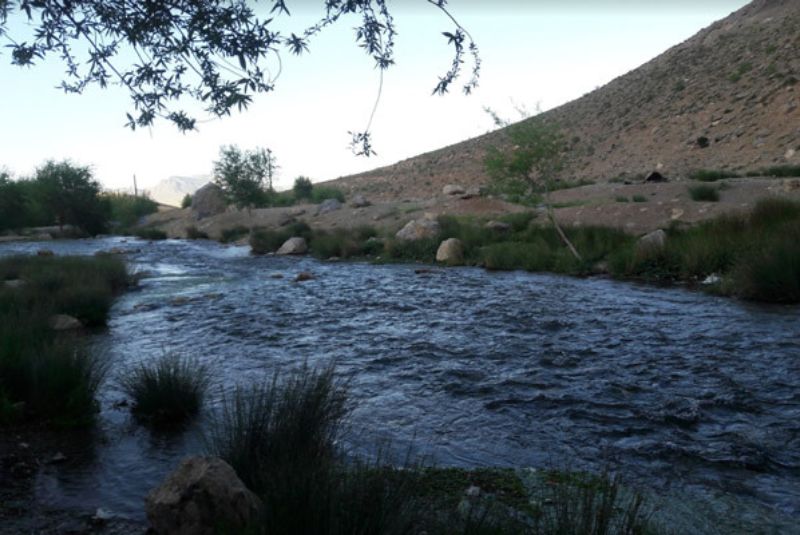
The serene environment, lush trees, and soothing sound of flowing water create a small paradise in this arid region, making it a perfect spot for a picnic or a peaceful getaway.
6. Qomishloo National Park
If you venture near Tiranshahr, don’t miss Qomishloo National Park, a sanctuary for diverse wildlife and plant species. This park is home to ancient ruins, including a beautiful castle dating back to the Qajar era, where Shah Naser al-Din and his courtiers would hunt and enjoy nature.

These attractions, including Imamzadeh Ahmad Reza, Khamiran Dam, and lush gardens around the region, enhance the experience of visiting the Kurd-e Olia Underground City, allowing you to dive deeper into the history and natural beauty of this enchanting area.
Bottom Line
Kurd-e Olia underground city is a city carved from volcanic rock over 2,000 years ago. This remarkable site features winding tunnels, intricate water channels, and spacious halls, showcasing the ingenuity of ancient Persian engineering.
Originally built for military purposes, it evolved into a vital shelter during the Safavid era. Today, visitors can explore its 1,600 meters of accessible tunnels and discover highlights such as the Amphitheater Hall, the Queen's Chamber, and the intricate aqueduct channels. If you ever visit Isfahan, don't miss the chance to experience this incredible site.
Share your story!
Comment below and let us know about your Experience.
Your story inspires others!


Comment
Leave a Comment